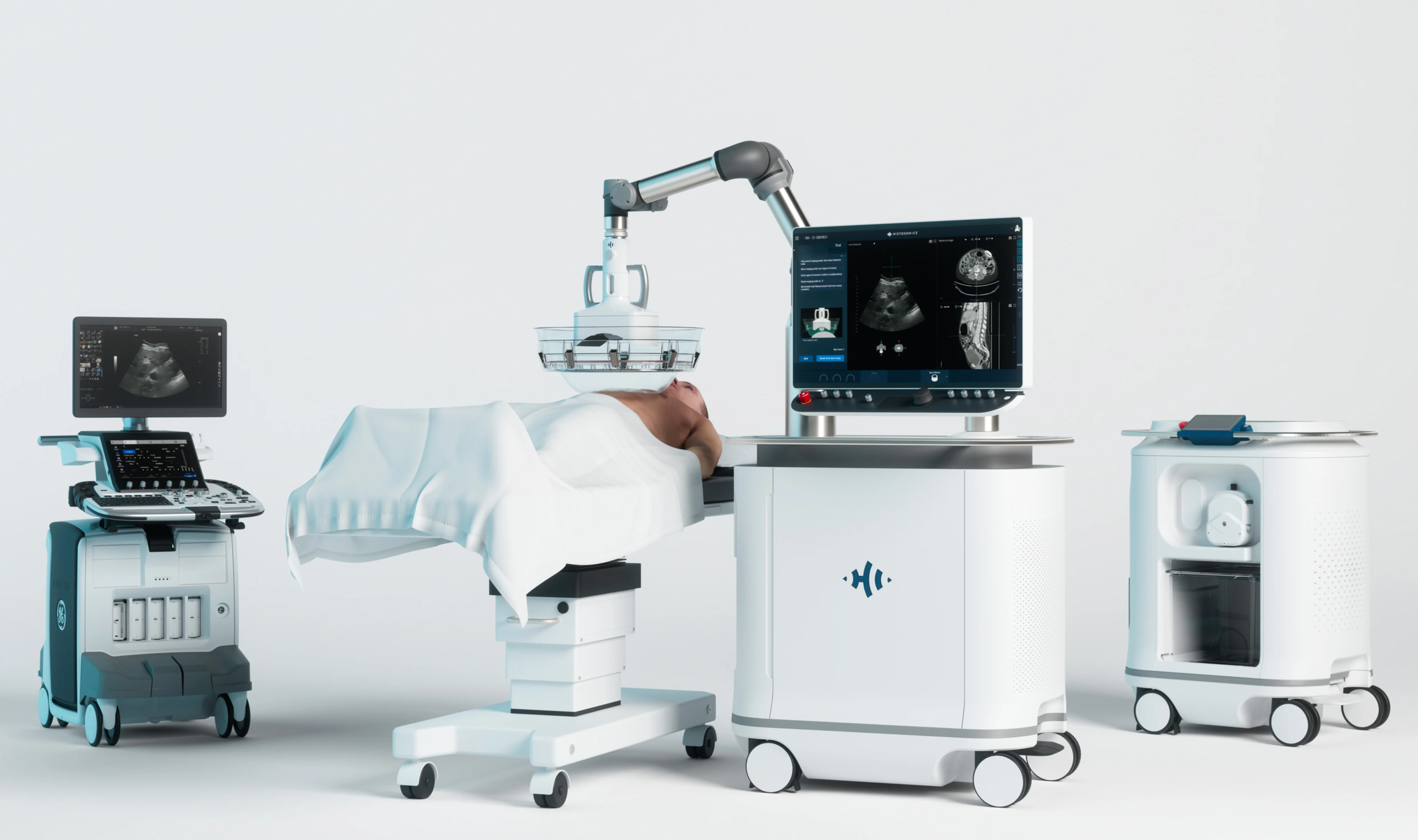By Eric Ng
Copyright scmp

Focused ultrasound (FUS) therapy, a sound wave treatment technology that counts Hong Kong’s tycoon Li Ka-shing among its backers, has reached an “inflection” point after 1 million patients worldwide adopted it as an alternative to surgery, radiation, drugs and other therapies, said the doctor who pioneered its use.
One million patients had undergone FUS therapy since the technology was introduced six decades ago, including around 175,000 cases that involved liver tumours, according to data compiled by the Focused Ultrasound Foundation in Charlottesville, Virginia.
“In the past two years, we finally achieved a critical mass and reached the inflection point of this adoption phase,” said the foundation’s chairman Neal Kassell, the former co-chair of neurology at the University of Virginia. “FUS treatment improves medical outcomes, decreases cost of care and improves patient access [by] doing more with less.”
The increasing adoption is accompanied by wider application, where the number of diseases being treated or under research has risen to more than 200 from three over the past decade, the foundation said. The number of companies making the devices for FUS has surged to 77 from five, 34 of them based in North America, 22 in Asia and 16 in Europe.
The trend is good news for companies like HistoSonics in Minnesota state, a producer of FUS devices for treating liver tumours, which sold a 70 per cent stake in August to a group of investors including the Bezos Expedition and Wellington Management, making the start-up a so-called unicorn with a US$2.25 billion valuation.
“By next year, I expect one or more ‘north star’ companies – those that have over US$100 million in annual revenues and are profitable – to emerge,” said Kassell during an interview with the Post in Hong Kong. “They will be ready to either go public or be sold to major strategic investors like multinational medical device makers.”
Israel’s Insightec was the first FUS device maker to achieve unicorn status in 2020, when it attained a valuation of US$1.3 billion after a fundraising round.
FUS uses ultrasound to treat a variety of ailments, including cancer. It offers a non-invasive alternative to surgery, radiation, drugs and other therapies.
The technology is available in 1,328 medical centres and hospitals worldwide, 34 per cent of them in China and 22 per cent in the US, the foundation said in a July report. The US had more research centres working in this field, with 90 out of 318 global R&D centres being American, while 59 were in China.
Last year, more than 150,000 FUS treatments were conducted globally, nearly 70,000 of which were for cancer: 41 per cent for liver tumours, 41 per cent for pancreatic tumours and 11 per cent for prostate cancer.
A promising low-power, pulsed treatment FUS application is currently in clinical trials for Parkinson’s disease, Kassell said.
The ultrasound produces mild mechanical forces capable of enhancing drug delivery to the brain by temporarily opening the blood-brain barrier, a protective membrane that defends the brain from harmful substances.
In contrast to conventional high-intensity focused ultrasound that generates heat to ablate targeted tissues, HistoSonics’ device creates short, powerful pulses to destroy liver cancer cells by creating and collapsing microbubbles.
In Hong Kong, the technology is being championed by Li. In the past year, the tycoon has bought and donated many HistoSonic machines to hospitals in the city and Singapore to support its use and to enable further research.